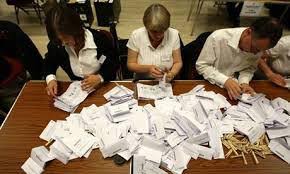
Hand Counted Paper Ballots
Make / Model: Not Applicable
Equipment Type: Hand Counted Paper Ballots
Back to Voting Equipment Database
Overview
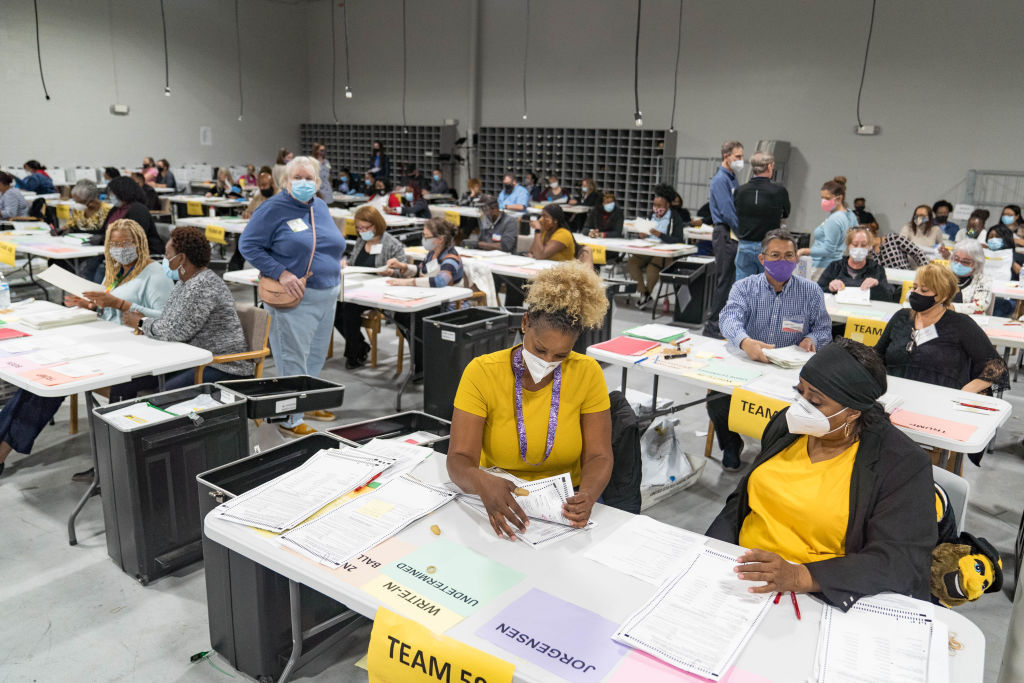
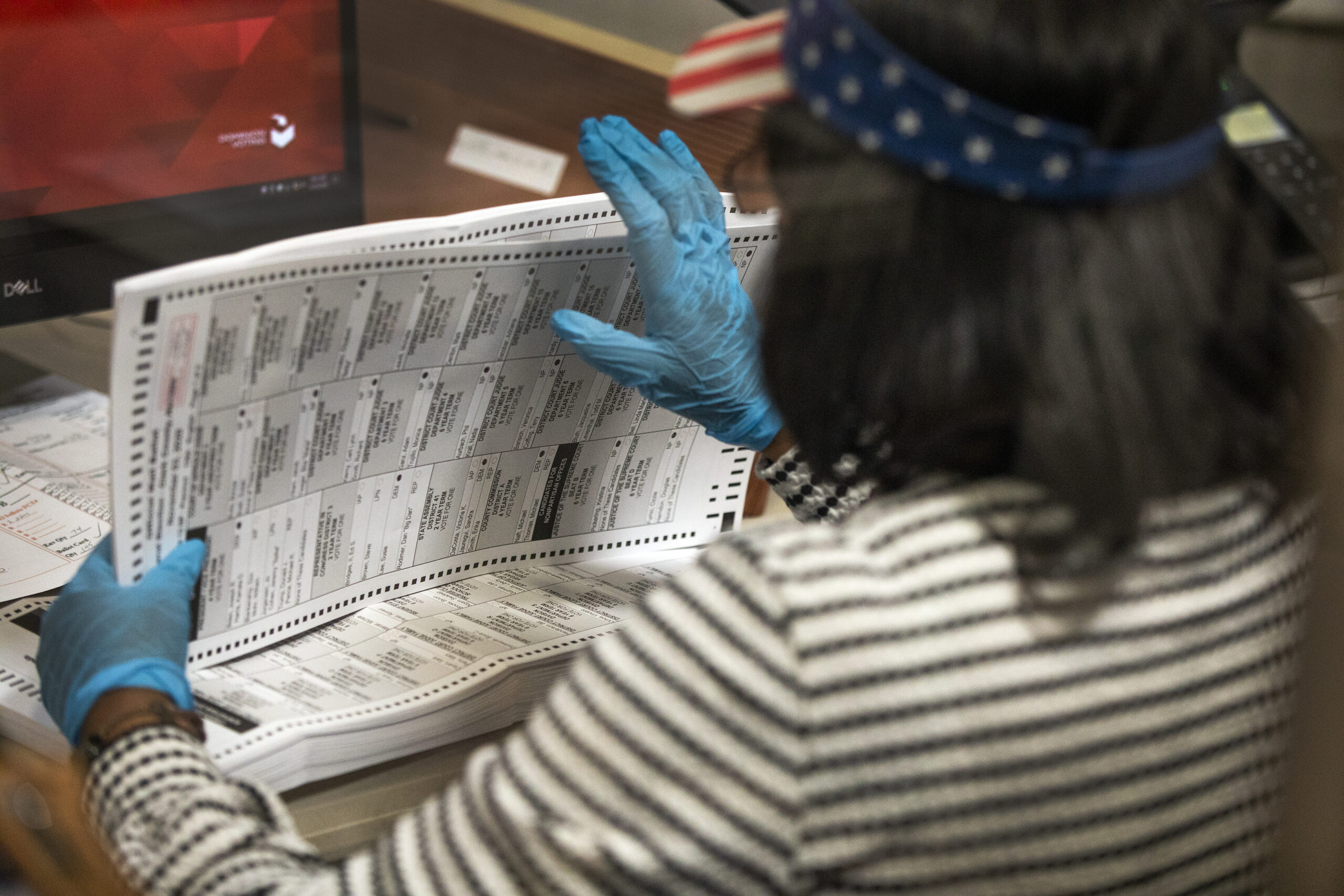
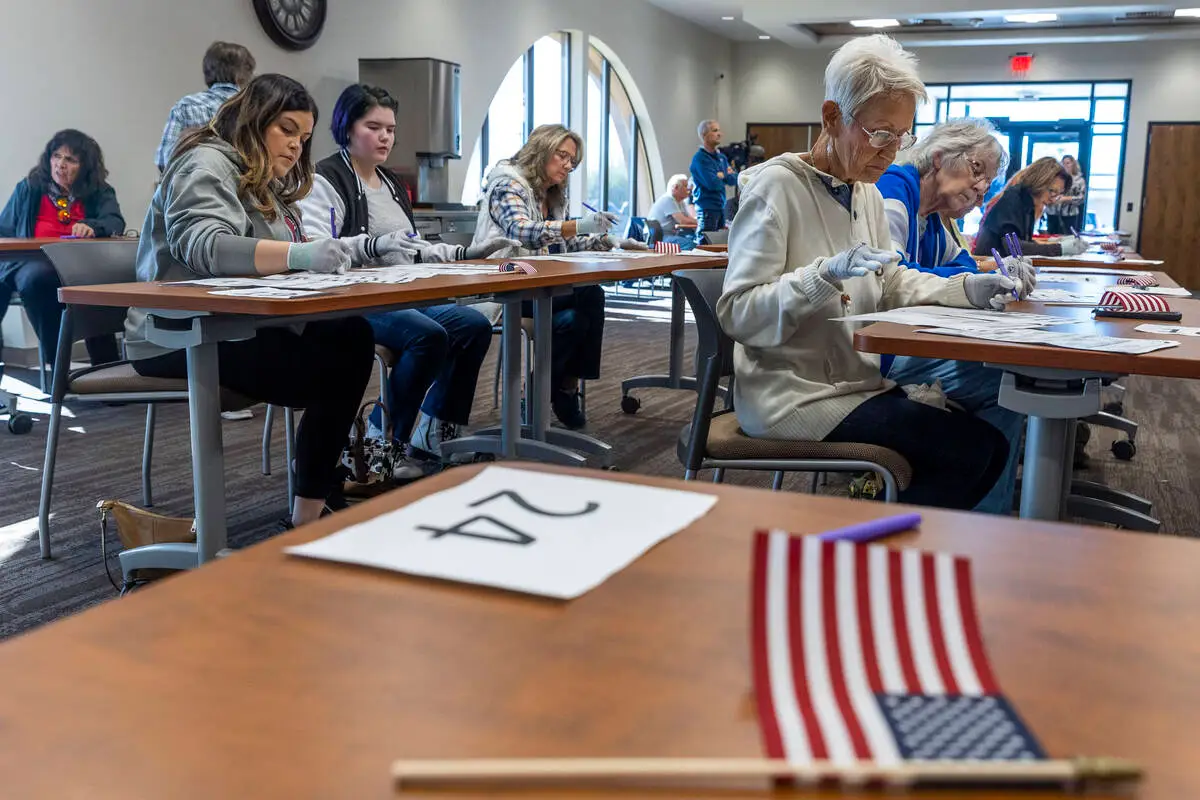
Click here to download a resource on hand counts: “Election Night Hand Counts: Realities and Risks.”
Some election jurisdictions hand count their Election Day, early voting, and/or mail ballots. Most jurisdictions that hand count paper ballots have fewer than 1,000 registered voters. In Glasscock County, Texas, which had 813 registered voters and saw 70.2% turnout in the November 2022 general election, there were 14 contests on the ballot and 33 candidates. In contrast, Shasta County, California, which had 111,628 registered voters and saw 61.8% turnout in the November 2022 general election, had 42 contests and 114 candidates on 47 different ballot styles. The cost and time required to complete hand counts of paper ballots depends on the number of registered voters in the election jurisdiction and the length of the ballot.
Jurisdictions that hand count ballots do not perform logic & accuracy (L&A) testing; however, human hand counters must be hired and trained. While human hand counters cannot break down the same way electronic machine ballot scanners can, studies show humans tire and, after a long day of counting, make mistakes. Jurisdictions must hire enough hand counters to create redundancies.
Hand counting paper ballots is usually conducted in smaller jurisdictions: In 2024, less than 0.17% of registered voters in the U.S. live in election jurisdictions that will hand count their early voting, Election Day, and mail ballots. Many of these jurisdictions are single-precinct municipalities in Maine, Massachusetts, New Hampshire, Vermont, and Wisconsin. Some counties in Arkansas, California, Nevada, and South Dakota have recently decided to hand count paper ballots—in some cases alongside machine counts, which remain the official count.
Hand counting paper ballots can be expensive: In Mesa County, Colorado, a hand count of the 2021 general election was conducted after the former county clerk allowed an unauthorized person to make copies of election system hard drives. The county employed 47 two-person teams to hand count 523,988 votes from individual races on two ballot styles: either for a district’s school board race or ballot measure. The county paid hand counters $12.32 per hour for around one week’s worth of work, totaling approximately $80,000.
Hand counting paper ballots can be time consuming: Because so few jurisdictions hand count some or all of their ballots, there is limited information about the time required. In Esmeralda County, Nevada’s least populous, two county commissioners and a few election workers took more than seven hours to hand count 317 ballots in the June 2022 primary. Jurisdictions that conduct audits, a critical part of election administration, offer a comparison: In Shasta County, California, a February 2022 risk-limiting audit (RLA) took 19 staff members 264 hours to count 9,017 ballots containing two contests—6.9 hours per staff member per contest. A 2022 York County, Pennsylvania audit of two races on 1,842 ballots took county staff four hours—a process that would have taken nearly 17 days of round-the-clock counting to count all races on all of the county’s 184,594 ballots.
Hand counts of paper ballots are critical for post-election audits: Post-election audits can be conducted to ensure that machines accurately tabulated the paper ballots. Learn more on our Audits page and see where post election audits are taking place on our Post-Election Audits map.
*Verified Voting tracks which jurisdictions hand count some or all of their ballots on the Verifier. We can provide comprehensive datasets upon request.
Counting Process
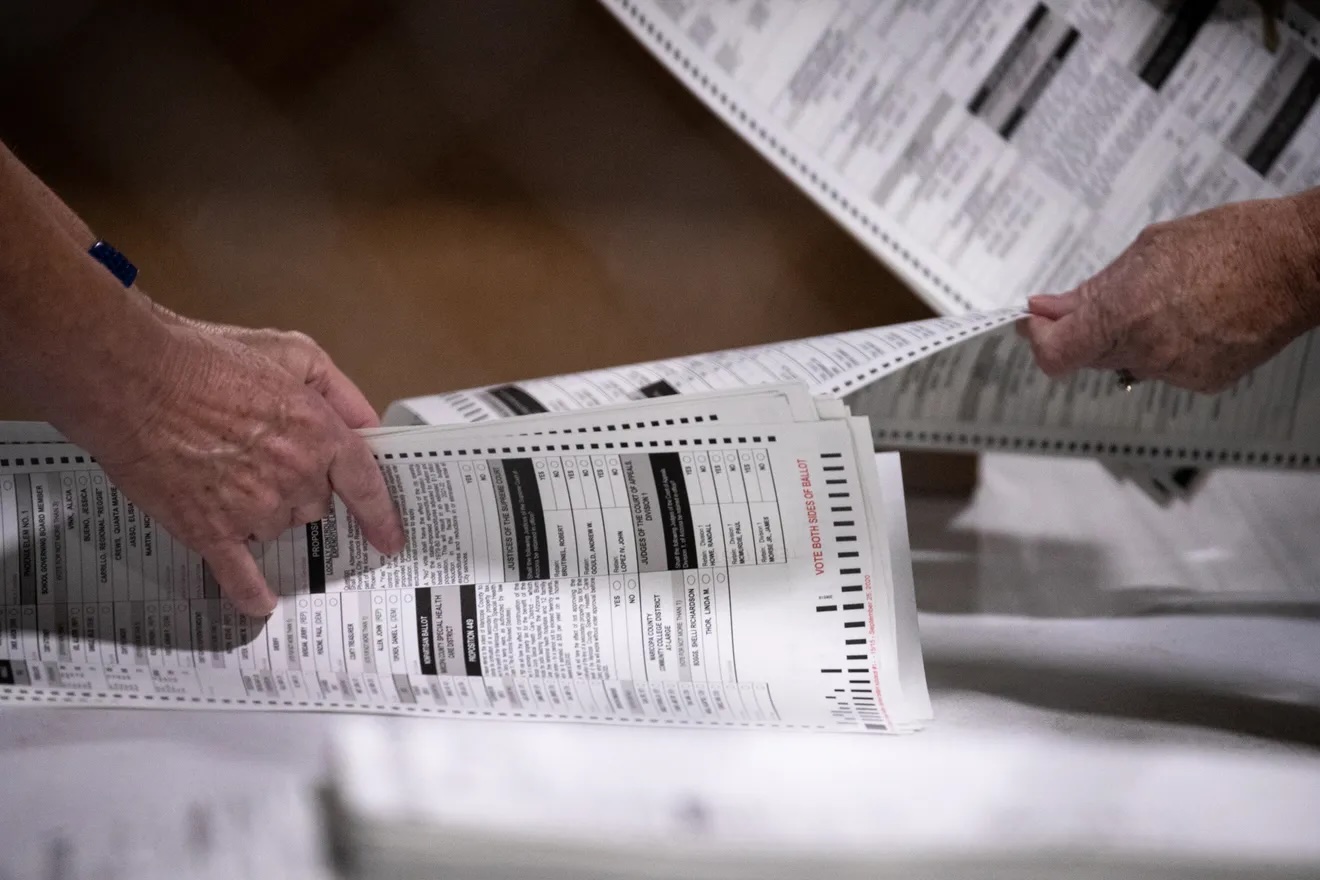
Election jurisdictions that hand count paper ballots hire staff and utilize a facility specifically to support teams of hand counters and to protect chain of custody of ballots and tally sheets. Some election jurisdictions already have enough staff to hand count their paper ballots. In other jurisdictions, workers hired specifically for the hand counting process must be background checked, hired, and trained. Smaller jurisdictions may use space in the town office or county courthouse; in other jurisdictions, a larger facility and supplies may need to be rented.
Depending on state law, hand counting may begin when polls close on Election Day and may be required to proceed continuously until completion. Sorting of ballots may begin before Election Day. Before counting begins, workers verify signatures on any mailed ballots and verify the number of ballots matches the number of voters who were checked in on poll book rosters.
Hand counting is typically performed by teams or boards. Jurisdictions may have several types of teams, in addition to the manual tally teams: a duplication team may remake damaged ballots; a chain of custody team may be in place to maintain custody of ballots before and after tabulation; an adjudication team may determine voter intent from write-in votes, overvotes, and voter selections that deviate from the directions on the ballot; a results team aggregates the tally sheets; and an audit team may be in place to check the results.
Counting Methods
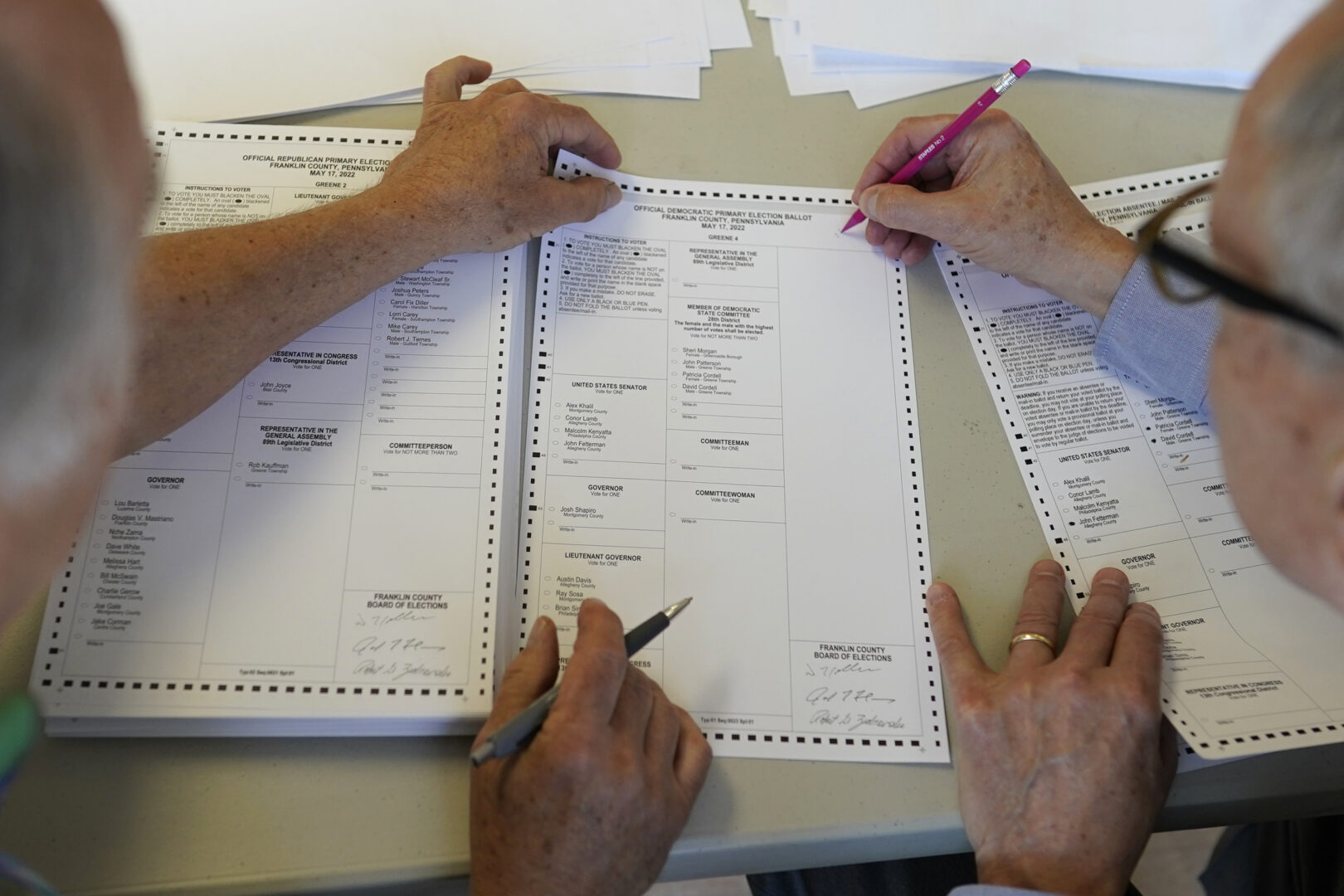
Two methods are regularly used for hand -counting ballots: “Stack and Count” (sometimes referred to as “Sort and Stack”) and “Read and Mark.” The Stack and Count method counts one race at a time and requires election workers to place ballots in stacks sorted by choice for the race being counted. Once sorted, the ballots are then batched into numerical stacks and manually tabulated by each counting team member to determine the final result. In this method, ballots must be re-sorted into stacks for each race being counted, requiring poll workers to handle ballots multiple times.
The other common method, Read and Mark, is a top-to-bottom counting method, wherein each contest on a ballot is counted before moving on to another ballot. Read and Mark typically requires at least four election workers: a caller to announce each vote for the race being counted, a witness to ensure each vote is announced correctly, and two talliers who keep independent tally sheets for each race as it is called.
Researchers from University of California, Berkeley and Rice University, evaluating the accuracy and speed of “Stack and Count” versus “Read and Mark,” found that 46.7% of all teams provided incorrect counts for at least one race, regardless of the method used. The key difference between the two methods was the amount of time spent counting, with “Read and Mark” taking roughly half the time as “Sort and Stack” to complete. Researchers also found that, while teams worked faster throughout the count, the increase in efficiency did not improve accuracy: “[E]ven with the relatively simple task of manually counting ballots, error is ever-present…. While the efficiency data suggests that participants in the study did become quicker at counting over time due to increased familiarity with the procedure, there is no evidence this made a difference in error counts.”
Video
Ballot hand count resumes in Nye County
Elections workers count DeKalb County commission race by hand
Nevada Week’s Election 2022: Hand counting Ballots
The process of hand counting ballots
Resources
Shasta County Elections Department: Analysis of Manual Tally Options for Shasta County (2023)
Mohave County Board of Supervisors: Ballot Hand Tally (2023)
Verified Voting: Election Officials Need a Helping Hand, Not Hand Count Legislation (2022)
Brennan Center for Justice: Hand-Counting Votes: A Proven Bad Idea (2022)
NPR: Hand-counting ballots may sound nice. It’s actually less accurate and more expensive (2022)
Stephen Ansolabehere et al.: Learning from Recounts (2018)
Montana Secretary of State: Hand Counting Ballots and Ballot Reconciliation Best Practices (2014)